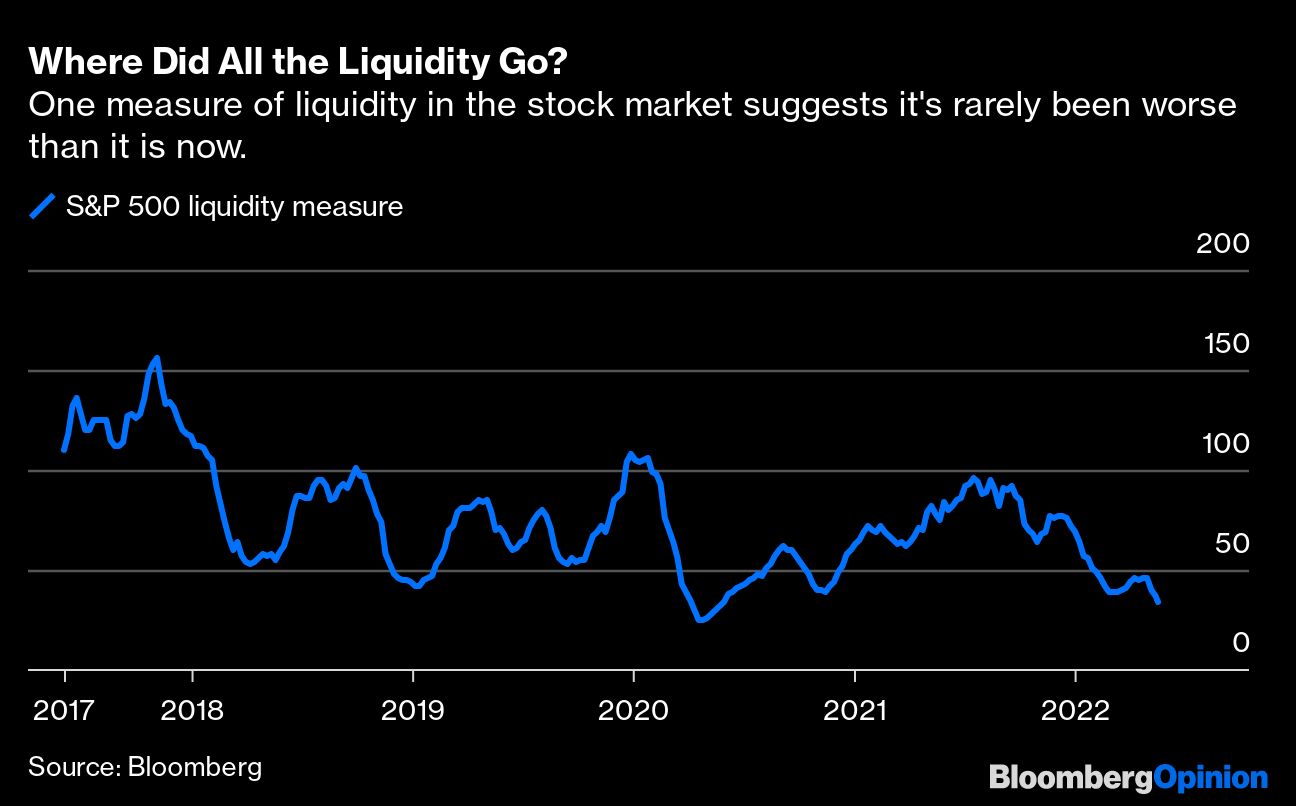Liquidity is the lifeblood of the capital markets. It is the ease at which an asset can be turned into cash without disrupting the price of that asset. This was never really a concern in the US, whose markets are prized for being the deepest, most liquid in the world. It’s one reason why the dollar is the world’s dominant reserve currency. But liquidity has been slowly draining from various markets to the point where the Federal Reserve this month warned that it threatens financial stability. Investors who ignore this warning do so at their own peril.
Q1 2022 hedge fund letters, conferences and more
Liquidity can be measured various ways. In the stock market, these include average daily volume, top of book size (how many shares or contracts are on the bid and offer) or market depth, which is the total number of shares or contracts below the bid and above the offer. There are many reasons for why liquidity has declined, starting with regulations in the stock market that have reduced incentives to display orders, meaning the willingness of market makers to post bids and offers on the screen.
More recently, the decline in liquidity can be tied to the Fed’s plan to tighten monetary policy by raising interest rates and shrinking it’s almost $9 trillion balance sheet. Don’t forget, the Fed had been pumping $120 billion per month directly into the financial system since the early days of the pandemic by purchasing bonds in the open market. Now, that money will be coming out. This has contributed to higher levels of volatility, which has an inverse relationship to liquidity. And in the futures markets, margin requirements can also impact liquidity. As they increase, it reduces the number of contracts an investor can trade without posting additional margin. As Bloomberg News’s Cameron Crise pointed out last week, stock market liquidity is the worst ever outside the financial crisis and early Covid.

The market for U.S. Treasury securities, called the most important in the world, is also seeing a reduction in liquidity. So much so that it is not unusual to see rapid and wide swings in yields for no apparent reasons. The Fed said in its report that “liquidity metrics, such as market depth, suggest a notable deterioration in Treasury market liquidity.”
Read the full article here by Jared Dillian, Advisor Perspectives.

